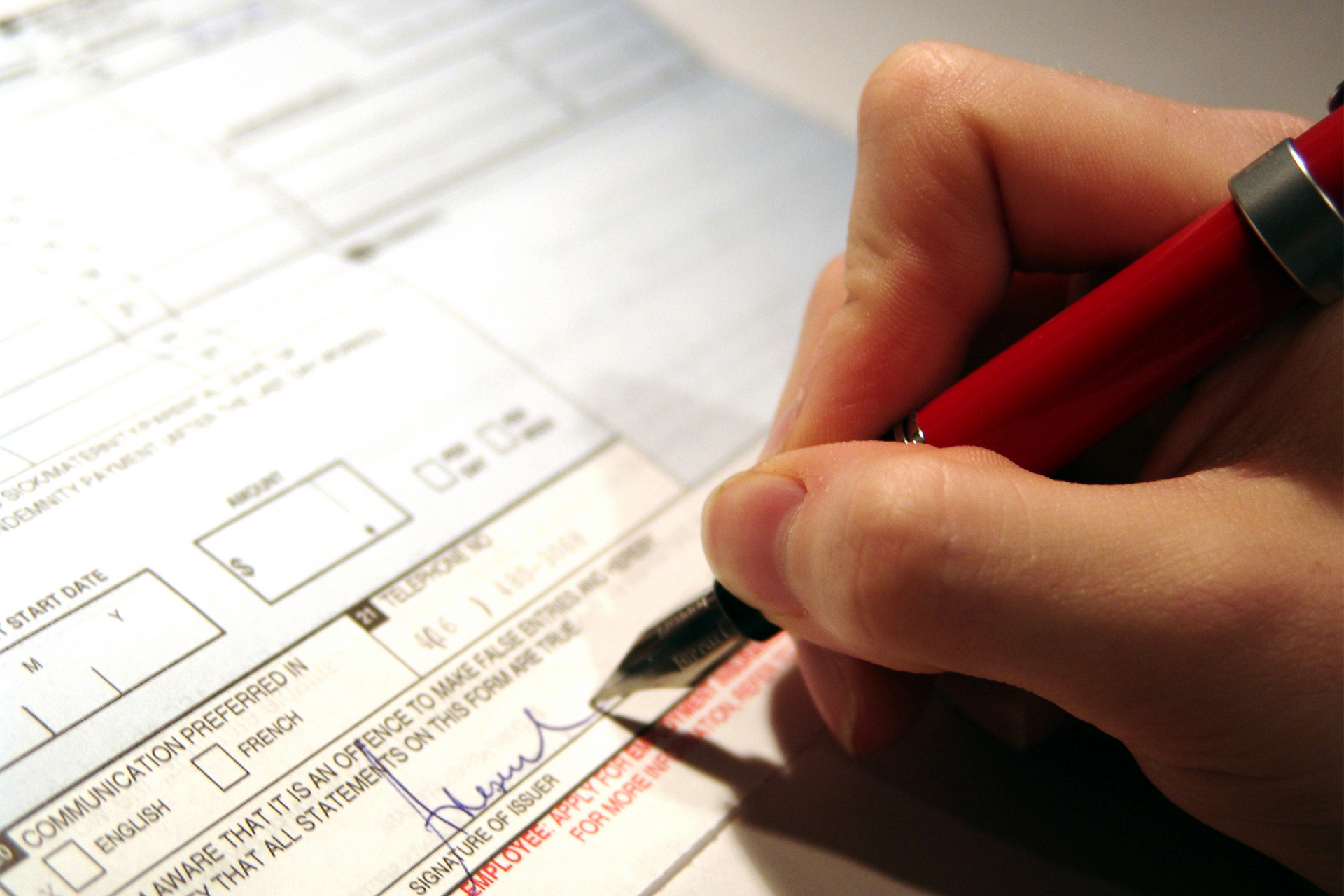The car title is a document that confirms the right of ownership of the vehicle. When you sell, donate, or grant your car to someone, you should also sign over this document.
Be cautious! You should sign over the car title only if you have received the full payment for the car (in case you have sold it) because signing over the car title means you won’t be the car’s owner any longer.
Each State Has Its Own Requirements for a Car Title
That’s why you may find it difficult to fill in the car title. If you’re unsure where to sign on or how many owners have to sign it, you can always contact the Department of Motor Vehicles (DMV) for assistance. In general, the procedure is quite simple – you have to sign where it says “Signature(s) of Seller(s)” and print your name where it says “Printed Name(s) of Seller(s).” All owners listed over “and” (“and/or” also counts) have to do it in the order their names appear. Some states may require that you have to sign the document in front of a notary.
Once the car title has been signed by all parties involved, the ownership of the car has been finalized.
For instructions on how to sign on a title in your state, you can use these online guides. Also, you can consult this list if you not sure, what department provides car titles and registration.
Names Must Match
The name used to sign the title must match the name shown on the title. If you’ve changed your name since the title was issued, do not sign with your new name. Go ahead and sign with the name shown on the title.
What You Should Do, if You Lost Your Car Title
Without a valid car title, the vehicle cannot be sold legally. Car owners who’ve lost their titles or their titles became damaged can apply to the DMV where the original car title was issued to them. The DMV will issue the new car title for a fee.







































